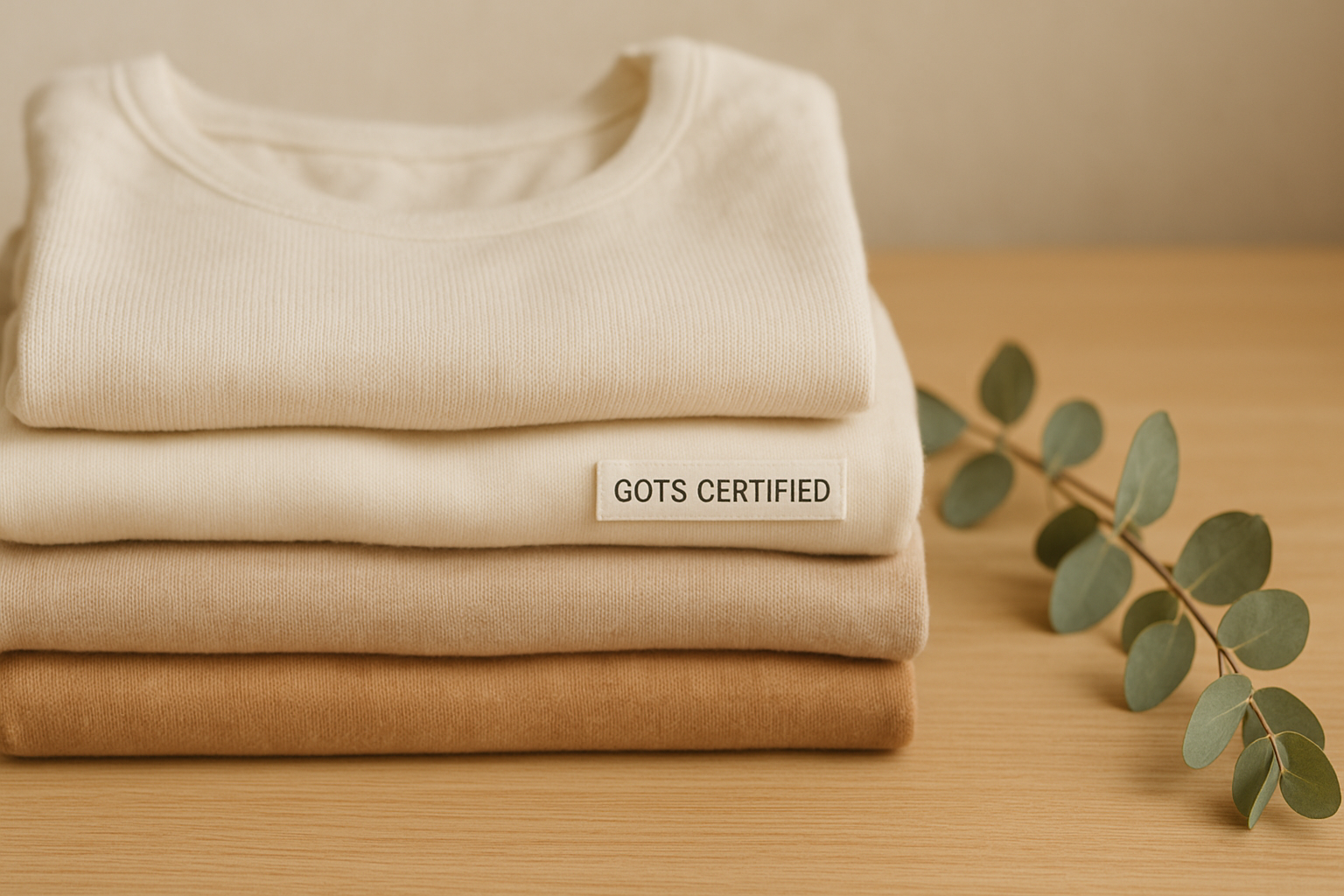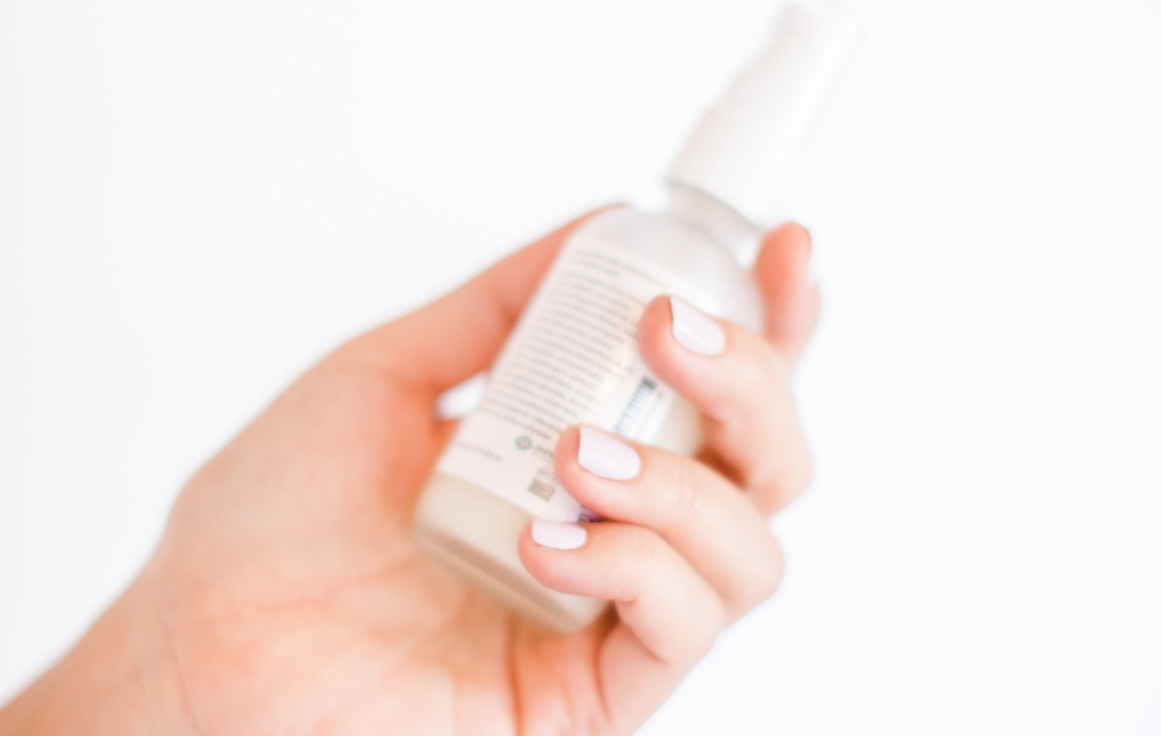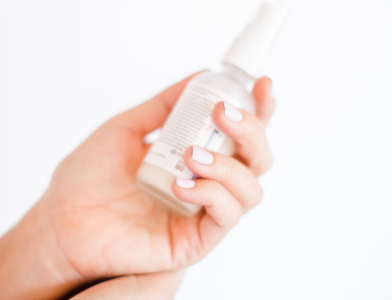Many health-conscious shoppers believe choosing organic cotton or “clean” brands keeps them safe. But few realize that even trusted fashion labels can be hiding hormone disruptors in their fabrics. As a toxicologist, I’ve spent decades uncovering the unseen chemical exposures in our everyday lives, so let’s pull back the curtain on what you’re really wearing.
Why Clothing Deserves a Place in Your Low-Tox Routine
You might focus on food, water, and skin care when reducing toxins. Maybe you’ve swapped plastic containers for glass or switched to aluminum-free deodorant. But clothes touch your skin all day, every day, covering your largest organ. Even organic cotton pajamas can contain residues from chemical dyes and finishes.
Fabric is hardly ever questioned in low-tox circles, despite being a consistent source of exposure. Unless brands go the extra mile, even natural and organic fibers may carry chemicals from processing.
What Chemicals Hide in Everyday Clothing?
- Formaldehyde: Used for wrinkle and mildew resistance, this probable carcinogen is common even in conventional cotton. It’s a significant irritant, especially for those with allergies or sensitive skin.
- PFAS (“Forever Chemicals”): Added for water- and stain-resistance in rain gear, yoga pants, and activewear. PFAS can disrupt hormones, affect fertility, and linger in your body for years. Labeling laws don’t require these to be disclosed.
Even “certified organic” claims don’t tell the whole story. Certifications like OCS cover how cotton is grown, but not what happens during dyeing, finishing, or shipping.
Greenwashing: Why Labels Can’t Be Trusted
Words like “eco,” “non-toxic,” and “clean” are unregulated. Brands can add these buzzwords without verifying any safe practices. True safety comes from third-party certifications and full supply-chain transparency.
Look for trusted certifications such as:
- GOTS (Global Organic Textile Standard): standards for organic cotton cultivation and garment production including dyes and chemicals used
- OCS (Organic Content Standard) – best used in combination with other certifications
- OEKO-TEX 100: tests for harmful chemicals in finished products
If a company doesn’t share specific chemical policies, don’t hesitate to reach out for details. Prefer brands that clearly state their avoidance of formaldehyde and PFAS.
How to Start Upgrading Your Wardrobe
- Start small: Replace underwear, socks, loungewear, or pajamas first. Focus on the basics with the most skin contact especially in reproductive areas.
- Avoid “wrinkle-free,” “non-iron,” or “stain resistant” items: These treatments usually mean more chemicals.
- Wash new clothes before wearing: This helps reduce residues. For stubborn fragrances, repeated washing and sun exposure (when color isn’t a concern) can decrease lingering chemicals.
- Avoid waste: Replace items gradually as they wear out, not all at once.
No One-Size-Fits-All: Do the Best You Can
Perfection isn’t possible, and not all brands achieve the best blend of fit, comfort, value, and safety. But any step you take is a meaningful move toward less exposure—and more peace of mind.
Your skin absorbs much of what it touches. By prioritizing safer clothing, you not only protect your own health but also reduce risk for loved ones, including kids who may be even more vulnerable to hormone disruptors.
Which Brands Do Toxicologists Trust?
- Maggie’s Organics: GOTS-certified, 100% organic and regenerative cotton. Excellent for basics and socks.
- Groceries Apparel: Vegetable-dyed, GOTS-certified cotton with a unique style.
- Mate the Label: Formaldehyde-free, offer well-fitting daily essentials with transparency.
- Cottonique: Hypoallergenic, latex-free, made for the highly sensitive.
- Quince: Affordable, offers organic cotton and clear certifications – ideal for those starting out.
- Reformation: Stylish, uses better/organic materials. Look for fabric details to sidestep synthetics (deadstock fabrics left over from conventional clothing)
Links provided on this page are affiliate links, which means if you click on it and make a purchase I may earn commission. The commission comes at no cost to you and allows me to continue my research. Note- I only recommend products that I personally use and/or trust. I will always disclose whether a link is an affiliate link, and never recommend products solely for the purpose of commission.
References
-
The Detection of Formaldehyde in Woven and Non-Woven Fabrics Found in Discount Markets and Online Shopping https://www.scirp.org/journal/paperinformation?paperid=138067
- European Environment Agency. PFAS in textiles in Europe’s circular economy. https://www.eea.europa.eu/en/analysis/publications/pfas-in-textiles-in-europes-circular-economy
- Iadaresta F, Manniello MD, Östman C, Crescenzi C, Holmbäck J, Russo P. Chemicals from textiles to skin: an in vitro permeation study of benzothiazole. Environ Sci Pollut Res Int. 2018 Sep;25(25):24629-24638. doi: 10.1007/s11356-018-2448-6. Epub 2018 Jun 17. PMID: 29911295; PMCID: PMC6133113.
- Overdahl KE, Gooden D, Bobay B, Getzinger GJ, Stapleton HM, Ferguson PL. Characterizing azobenzene disperse dyes in commercial mixtures and children’s polyester clothing. Environ Pollut. 2021 Oct 15;287:117299. doi: 10.1016/j.envpol.2021.117299. Epub 2021 May 15. PMID: 34023658; PMCID: PMC8434964.



